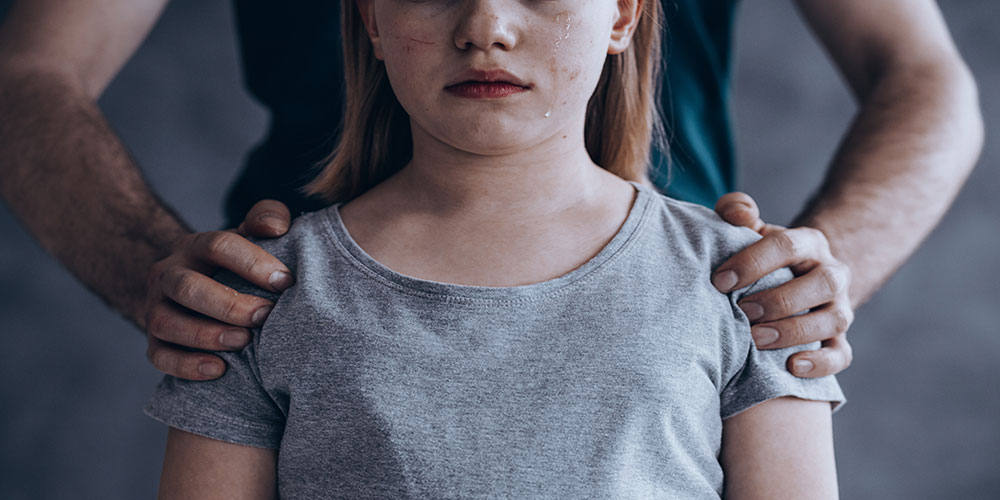In the United States, most children spend more awake hours in school than they do at home. It is estimated that kids spend 19% of their time in school — second only behind sleeping. This means school employees often have more face-to-face time with children than their own families, putting staffers in the unique position of recognizing signs of distress or changes in behavior.
There are many reasons why a child’s behavior may change, but knowing what signs to look for that could mean something harmful is occurring is vital. One serious threat young people face is child exploitation, including human trafficking. With more students using social media at younger and younger ages, child exploitation isn’t only happening in person but online as well.
“Child exploitation can take many forms and affect young people of any background, demographic, or geographic location,” says SchoolSafety.gov, an interagency website created by the federal government to provide schools and districts with actionable recommendations to create safe and supportive learning environments. “Victimization can take place directly on school grounds as well as through online or social media platforms, and victimized students may suffer physical, mental, and emotional trauma.”
The first step in identifying potential victims, says the website, is understanding the factors that make students vulnerable to exploitation and recognizing the warning signs. The site urges school leaders to provide training and resources on these risk factors and indicators so teachers and other school staff can recognize potential cases. It also recommends that schools:
- Offer age-appropriate safety education programs for students
- Engage with parents to raise awareness of child exploitation
- Establish and articulate clearly defined policies, protocols, and procedures for school personnel to follow if cases of child exploitation are suspected or disclosed
- Collaborate with relevant local community and law enforcement partners
- Put in place campus security measures and screen visitors to school grounds and events
- Provide children, teens, parents, and teachers with information about the potential dangers of online environments and how to stay safe online
To help schools get started, SchoolSafety.gov has created a new list of free resources on its website. Below are direct links to those resources. SchoolSafety.gov’s full list with more detailed information on each resource can be found here.
Guides and Reports
- Child Sex Trafficking in America: A Guide for Parents & Guardians
- How to Talk to Youth About Human Trafficking: A Guide for Youth Caretakers and Individuals Working with Youth
- Human Trafficking in America’s Schools: What Schools Can Do To Prevent, Respond, and Help Students to Recover from Human Trafficking (Second Edition)
- Sex Trafficking of Minors: What Schools Need to Know to Recognize and Respond to the Trafficking of Students
Fact Sheets and Tip Sheets
- Child Sex Trafficking Overview
- Helping Schools and Communities Prevent Child Sexual Exploitation
- Human Trafficking 101 for School Administrators and Staff
Resources and Programs
- Keeping Children Safe Online
- NetSmartz: National Center for Missing & Exploited Children’s Online Safety Education Program
- Project iGuardian
For additional resources on other school safety topics such as bullying, emergency planning, targeted violence, and threat assessments, visit SchoolSafety.gov.







